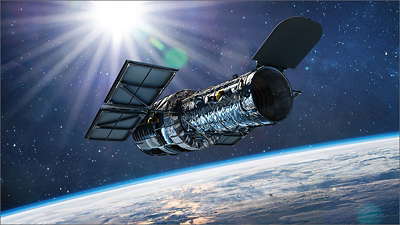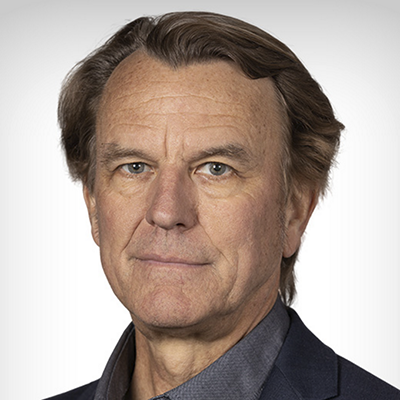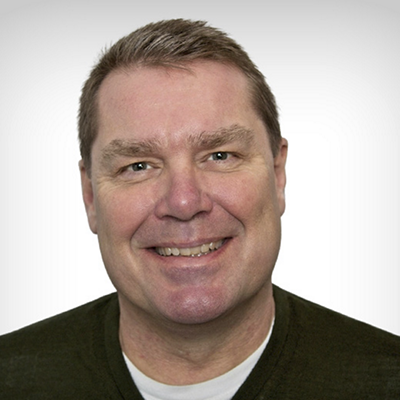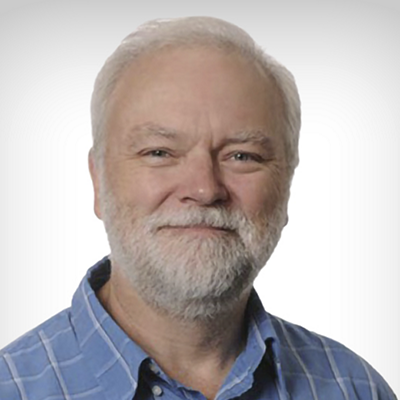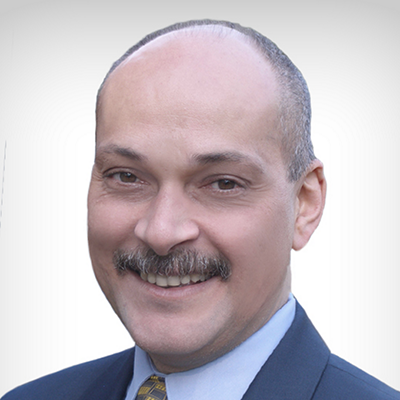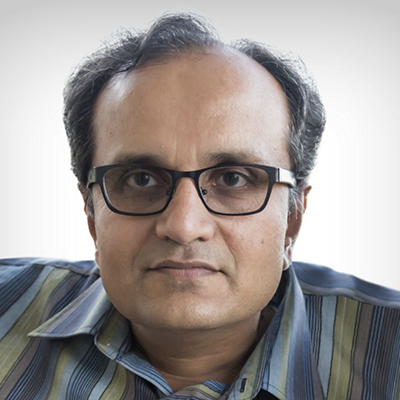Cloud native EDA tools & pre-optimized hardware platforms
We demand a lot from the electronic components that bring our devices and systems to life. This is particularly true when it comes to semiconductors for space applications. From satellites to spacecraft, aerospace and defense equipment must tolerate the most extreme of operating conditions in order to perform their jobs safely and reliably.
How do you ensure that your semiconductor components will survive and thrive while housed in equipment that is orbiting our planet or traveling through deep space over extensive periods of time?
Radiation modeling via technology computer-aided design (TCAD) is a key technique that aims to generate higher quality, more reliable, long-lasting chips along with reduced testing cycles and costs. In this blog post, we provide an overview of TCAD for radiation modeling and highlight important considerations to bear in mind when evaluating TCAD flows.

Three Key Pillars of Highly Reliable Semiconductors
When it comes to high-reliability semiconductor design, Synopsys recommends a focus on three key pillars:
- Fault tolerance: chips must be designed to be resistant to systematic, random and targeted faults
- Zero defects: for reliability over a long life, engineers need to minimize device-level defects
- Quality and security: both hardware and software must meet stringent specifications and standards to operate consistently
Fault tolerance covers systemic as well as random and targeted hardware failures and faults. In a systemic issue, the cause of the failure can be determined and eliminated by a modification of the design, the manufacturing process, an operational procedure, and/or documentation. Random failures are just that¡ªfailures that occur at a random time, resulting in hardware degradation. In space systems, radiation causes random faults which must be mitigated. Robust design and implementation flows, along with functional safety verification tools and the implementation of safety mechanisms, can help mitigate failures. In fact, well-established automotive functional safety principles can be applied to space designs. Our experts, Ian Land and Meirav Nitzan, will address this topic in a talk, ¡°Automotive Functional Safety in Space Applications¡± at the virtual , which starts on Monday, August 23.
Mitigating Radiation Effects in Space
Radiation is a major concern for semiconductors in space. Heavy ions trapped in the Earth¡¯s magnetic field produce , typically in the form of a single event effect, or SEE, which stems from a single high-energy particle striking the device. An SEE can degrade system performance and even lead to its complete destruction. Total ionizing dose (TID) is another consequence of space radiation; it measures the effects of prolonged exposure to ionizing radiation.
Radiation-hardened (rad-hard) designs can blunt the impact of radiation-induced degradation, interruptions, and discontinuities in device performance. Space-based chips should also be designed to withstand a wide temperature range (-55? to 125?C), frequent temperature cycles, electromigration, and interconnect aging.
To account for radiation-related effects, devices for space applications undergo radiation beam tests at an energy accelerator facility. The chip needs to be fabricated prior to testing, which means that the process of the design must be locked down. Such tests are expensive and require reserving a limited-availability time slot at the facility. Should a device fail the tests, it will have to be respun and resubmitted for testing. The next available time slot at the testing facility could be months away, further delaying production of the device and adding to its development costs.
Radiation modeling via TCAD can help engineers develop their designs to be more immune to the effects of radiation and, thus, be better prepared to undergo radiation beam tests, avoid respins, and reduce expensive beam time. TCAD provides a 3D physical representation of a transistor or several transistors. Device engineers and chip designers can then simulate electrical performance characteristics for insights. It¡¯s possible to simulate what might happen if a particle strikes a transistor, or if the transistor gets hit by simultaneous particle strikes. When energy from a particle is transferred to the semiconductor, it generates additional charge particles (electrons and holes) that will alter the current at the transistor terminals; this is an example of an SEE. In critical circuit components, such as an SRAM bit cell, the changes in the terminal currents may lead to a change in the logic state of the component, leading to a soft (non-destructive) error. Similarly, the cumulative effects of radiation, which change the properties of transistors over time, can also be examined through modeling. Armed with these insights, device engineers and chip designers can determine how to best choose or optimize the process in which the transistor is fabricated as well as parameters such as the layout design in order to mitigate radiation effects.
Smart Technology Modeling for Optimized Processes and Devices
An industry leader in 3D technology modeling, Synopsys provides an extensive portfolio of TCAD solutions for process simulation, process emulation, structure editing, and device and interconnect simulation of advanced logic, memory, power, analog/RF, and opto-electronics. Used by leading laboratories worldwide for semiconductor process modeling and rad-hard applications, our TCAD solutions are known for their high accuracy in modeling SEE and TID events to enhance the outcome of space-based designs. Sentaurus Process, for example, provides a 3D geometric modeling engine and advanced modeling of the doping and thermal steps used in transistor fabrication, resulting in the most accurate process simulation results through advanced model calibration. Sentaurus Device provides the highest accuracy device simulation results through models, engines, and material properties for silicon and compound semiconductors, with full 3D meshes and advanced solver technology accelerating simulation time. In a flow, Sentaurus Process would generate the process structure for Sentaurus Device, where a charge collection in the structure is input for transient device simulation. Depending on the energy of the particle, and where it hits the structure, there could be a change in the logic state that would affect device performance; this TCAD flow would uncover such an issue.
Summary
When it comes to electronic components in space applications, there¡¯s very little room for error. Radiation modeling using TCAD solutions provides engineers with a way to head off potential problems, well before their chips are beam tested or deployed in space-bound equipment. Better designs for space will ultimately help broaden our knowledge of what¡¯s out there.







